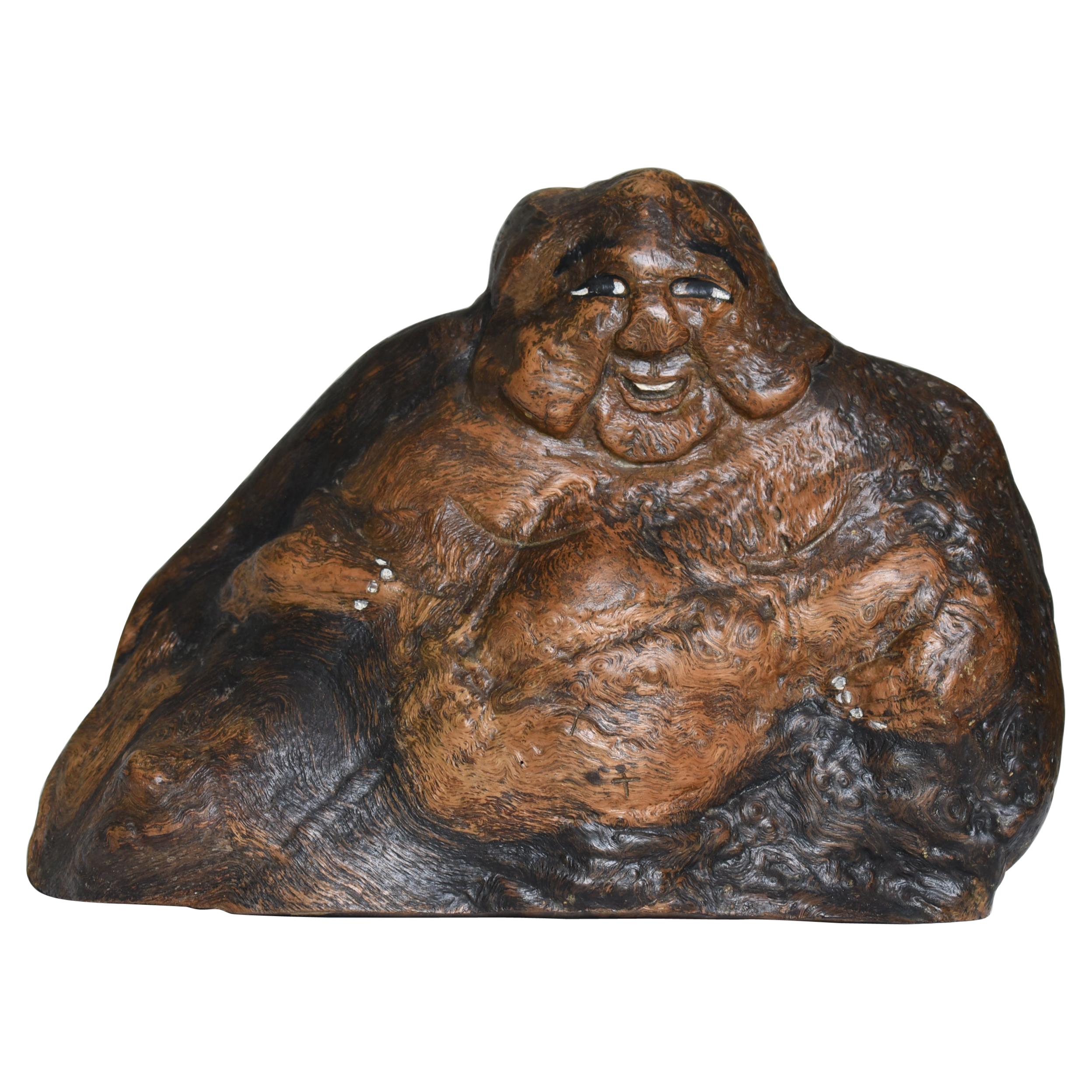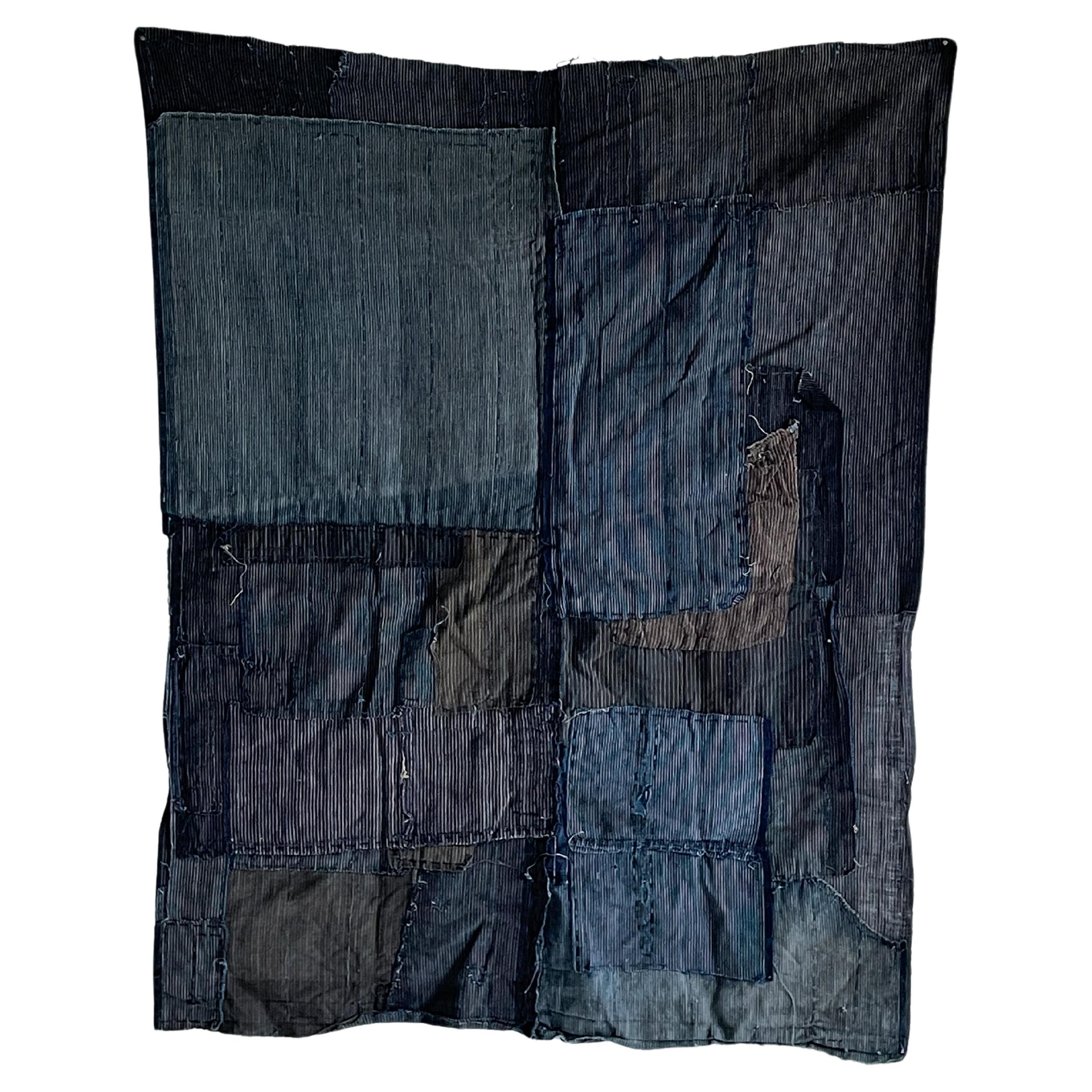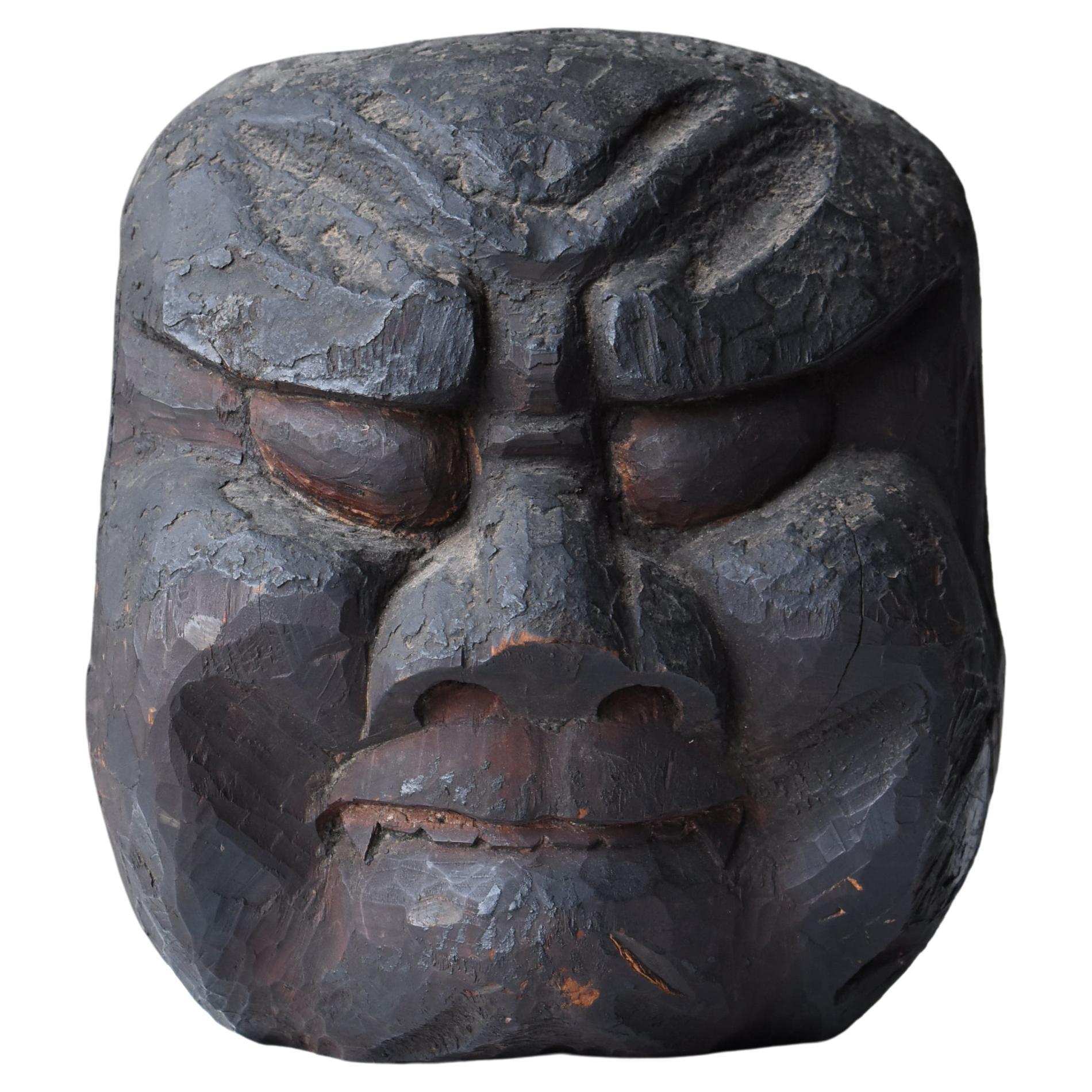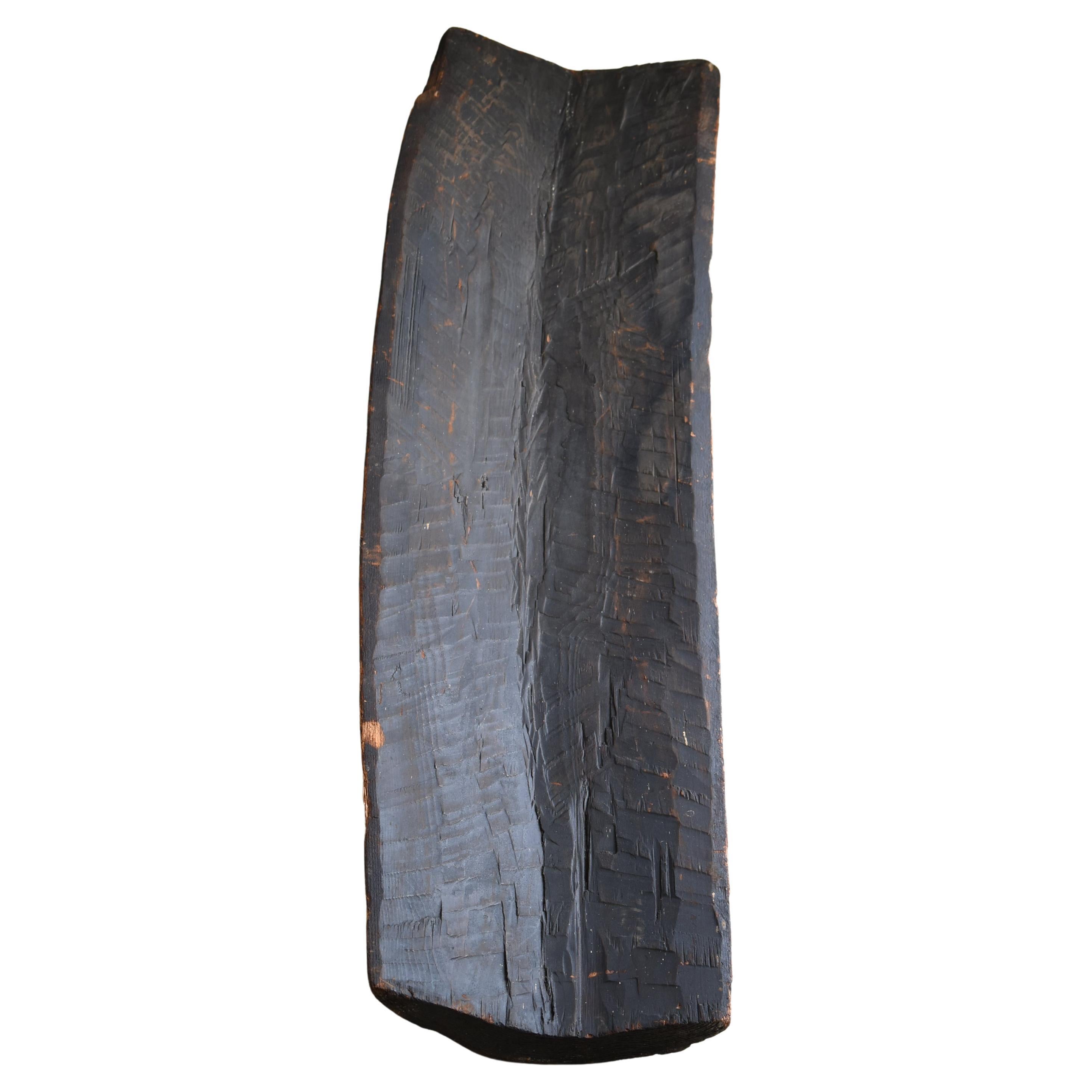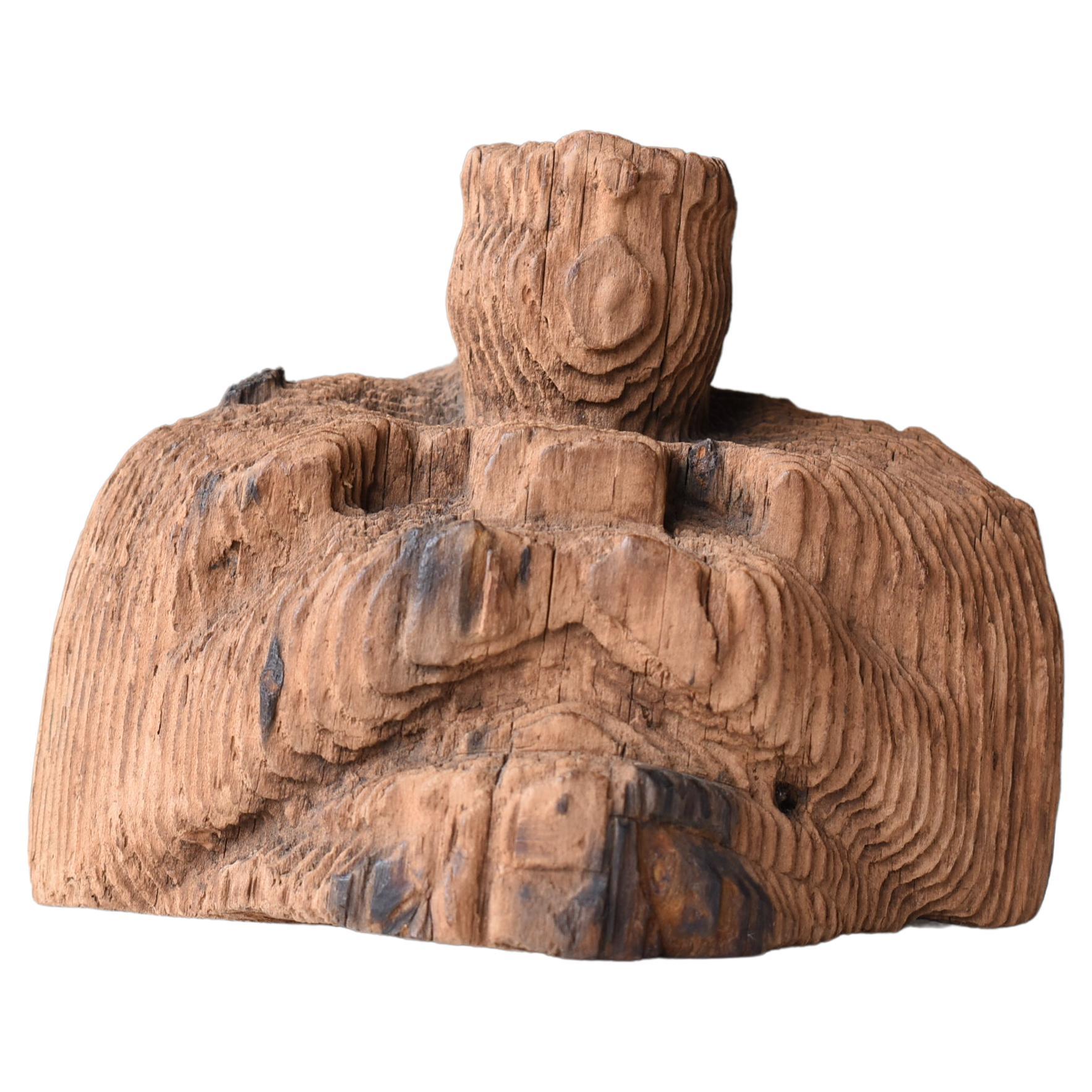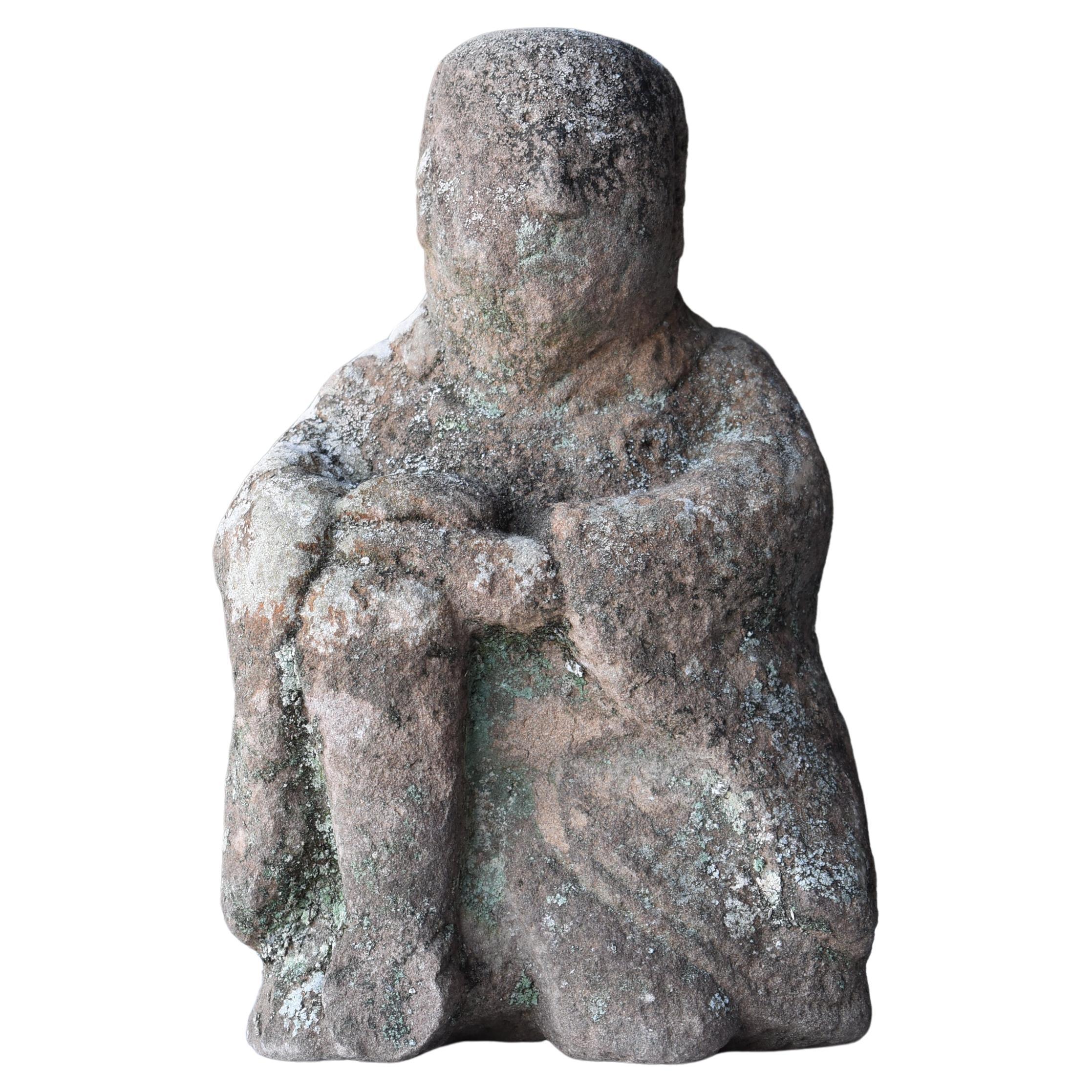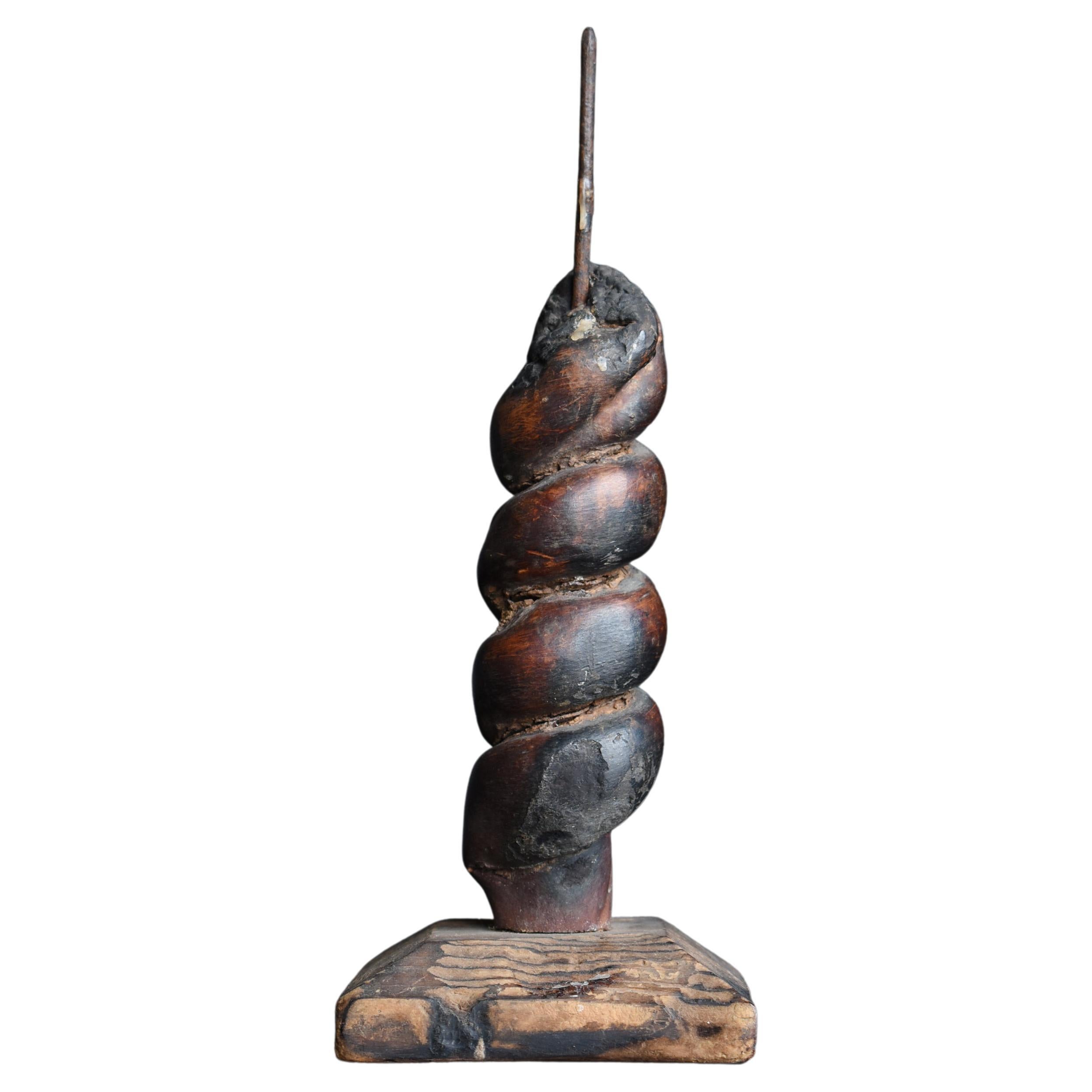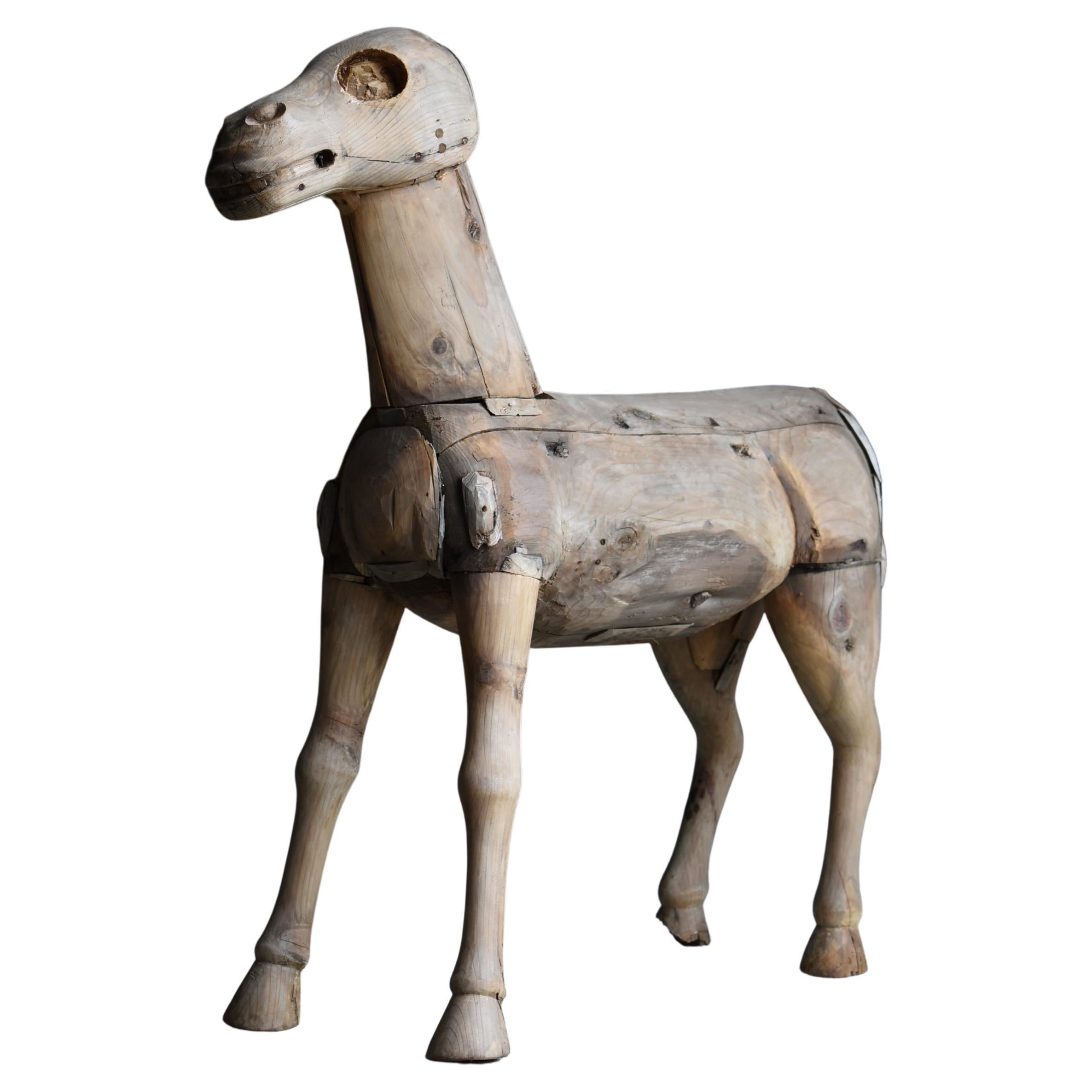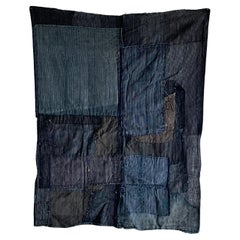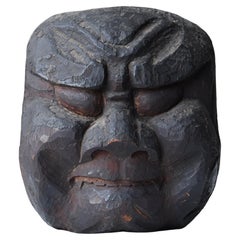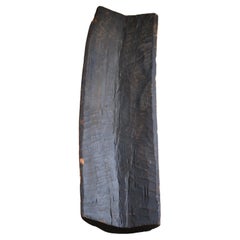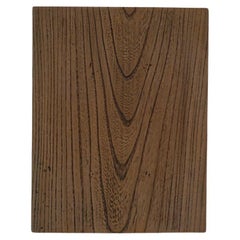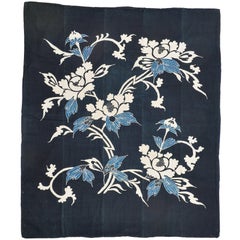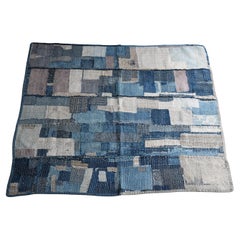
Japanese Antique Rag "BORO" 1800s-1860s / Abstract Art Wabi Sabi
View Similar Items
Want more images or videos?
Request additional images or videos from the seller
1 of 21
Japanese Antique Rag "BORO" 1800s-1860s / Abstract Art Wabi Sabi
About the Item
- Dimensions:Height: 53.15 in (135 cm)Width: 55.91 in (142 cm)Depth: 0.2 in (5 mm)
- Style:Edo (Of the Period)
- Materials and Techniques:
- Place of Origin:
- Period:
- Date of Manufacture:1800s-1860s
- Condition:
- Seller Location:Sammu-shi, JP
- Reference Number:1stDibs: LU5487239143622
About the Seller
5.0
Platinum Seller
These expertly vetted sellers are 1stDibs' most experienced sellers and are rated highest by our customers.
Established in 2015
1stDibs seller since 2020
1,107 sales on 1stDibs
Typical response time: 4 hours
More From This SellerView All
- Japanese Antique Rag "BORO" 1800s-1860s / Abstract Art Wabi SabiLocated in Sammu-shi, ChibaThis is a very old Japanese rag. This cloth has been used since the Edo period (1800s-1860s) to carefully and carefully mend bedding. It is a piece that shows the beauty of use very ...Category
Antique Late 19th Century Japanese Edo Textiles
MaterialsLinen
- Japanese Antique Wooden Mask 1800s-1860s / Mingei Wabi Sabi Sculpture Folk ArtLocated in Sammu-shi, ChibaThis is a very old Japanese wooden mask. In Japan, it is called "Kamado-gami". It was made during the Edo period (1800s to 1860s). It is hand-c...Category
Antique Late 19th Century Japanese Edo Sculptures and Carvings
MaterialsCedar
- Japanese Antique Huge Wooden Bowl 1800s-1860s / Wabi Sabi Object MingeiLocated in Sammu-shi, ChibaThis is a very old Japanese wooden manger. It is from the Edo period (1800s-1860s). The material is cedar wood. This manger is made only in some areas in the Tohoku region of Japan. ...Category
Antique Late 19th Century Japanese Edo More Asian Art, Objects and Furni...
MaterialsCedar
- Japanese Antique God's House "Zushi" 1800s-1860s / Mingei Wabi Sabi ObjectLocated in Sammu-shi, ChibaIt is a very old Japanese house of God. In Japanese it is called 'zushi'. It dates from the Edo period. (1800s-1860s) The material used is cedar. It has long been a favourite...Category
Antique Late 19th Century Japanese Edo Antiquities
MaterialsCedar
- Japanese Antique God's House "Zushi" 1800s-1860s / Mingei Wabi Sabi ObjectLocated in Sammu-shi, ChibaIt is a very old Japanese house of God. In Japanese it is called 'zushi'. It dates from the Edo period. (1800s-1860s) The material used is cedar. It has long been a favourite in ol...Category
Antique Late 19th Century Japanese Edo Antiquities
MaterialsCedar
- Japanese Antique Wood Carving Heavenly God 1800s-1860s / Figurine Wabi SabiLocated in Sammu-shi, ChibaThis is a very old Japanese wood carving of a god. It is called "Tenjin. Tenjin" is a general term for "a god who lives in heaven. This wood carving dates from the Edo period (1...Category
Antique Late 19th Century Japanese Edo Sculptures and Carvings
MaterialsCedar
You May Also Like
- Japanese Antique Wooden Board Art Single Board Grain of wood 1860s Wabi-SabiLocated in Chiba-Shi, JPThis is an old Japanese wooden board. It is a single board with beautiful wood grain. I think it was probably the top of an exhibition stand. It was already in this state when I fou...Category
Antique 1860s Japanese Edo Antiquities
MaterialsWood
- Japanese Indigo Antique Boro Futon Cover or Wall PanelLocated in Alessandria, PiemonteRare perfect antique collection Japanese Indigo Boro Futon cover : also to use. The rare antique boros are now valued as pieces of art, therefore they are...Category
Mid-20th Century Japanese Japonisme Textiles
MaterialsCotton
$2,448 Sale Price30% Off - Antique 'Boro' Blue Patched Textile, Japan, Late 19th CenturyLocated in Copenhagen K, DKJapan, Late 19th century Patched textile ‘Boro’. Measures: H 160 x W 117 cm.Category
Antique Late 19th Century Japanese Textiles
MaterialsCotton
- Early 20th Century Boro Cloth Fragments, Japanese, C. 1900Located in London, GBA collection of late 19th/early 20th century indigo dyed ‘boro’ cloth fragments. Japanese, c. 1900. Mounted on anthracite grey card in box frames with black...Category
Early 20th Century Japanese Textiles
MaterialsFabric, Textile
- Japanese Antique Fukusa Textile Art Meiji PeriodLocated in Atlanta, GAA Japanese silk Fukusa panel circa late 19th-early 20th century of Meiji Period. The front was beautifully decorated with Yuzen-zome, a labor intensive resist-dye technique invested ...Category
Early 20th Century Japanese Japonisme Textiles
MaterialsSilk, Beads
- Japanese Antique Fusuka Textile Art Meiji PeriodLocated in Atlanta, GAA Japanese silk Fukusa panel circa late 19th-early 20th century of Meiji Period. The front was beautifully decorated with Yuzen-zome, a labor intensive resist-dye technique invested by an artist monk Miyazaki Yuzensai (1654 -1736) of Edo period. The auspicious composition features a group of red-crown cranes, the symbol of longevity. Three of them perch on the rock by the ocean (East Sea) an two of them are in flight. Additionally, two egrets frolic in the wave. Yuzen dying was used extensively to showcase the amazing details such as the waves and the gradual coloring effect. Embroidery was used sparsely to highlight areas such as the legs of the crane to render it more dimensional details. The piece has a red silk backing and still retains four blue tassels on corners as well as decorative stitches along the edges. Fukusa is a traditional Japanese textile...Category
Early 20th Century Japanese Japonisme Textiles
MaterialsBrocade, Silk
Recently Viewed
View AllMore Ways To Browse
Two Light Up And Down Sconce
Brutalist Kitchen Table
French Dining Chair With Cane Back
Arts And Crafts Steel Lamp
Teak Sliding Glass Door Cabinet
Wood And Glass Sideboard French
Bedside Shell
Frosted Glass Pendant Sweden
Spain Wardrobe
Kitchen Cutting Table
Mid Century Italian Bookshelf
Minimal Bathroom Light
Sculptural Wood Credenza
Brass Glass Torchiere
Bleached Oak Stand
Decorative Drinking Plates
Dragon Silver Plate
Sofa By Peter Hvidt
